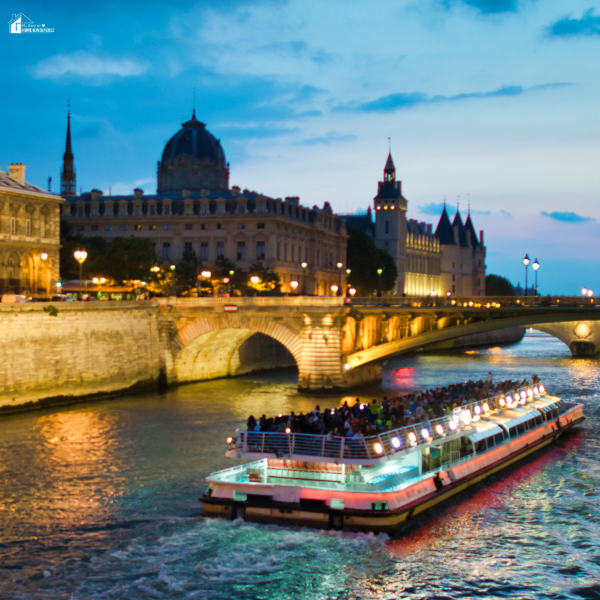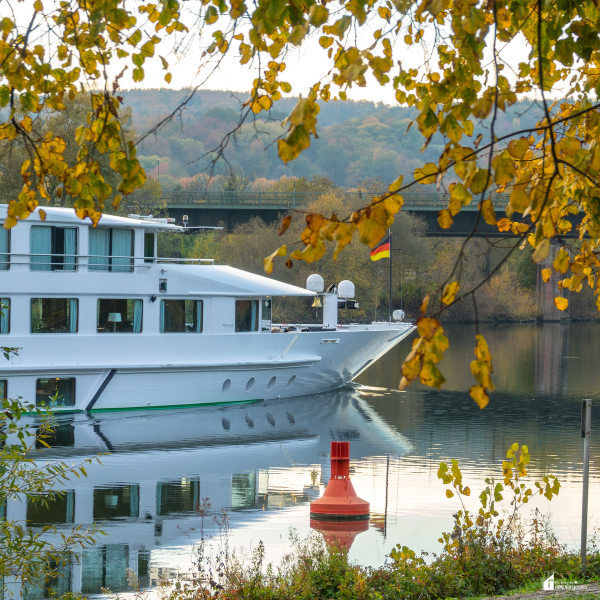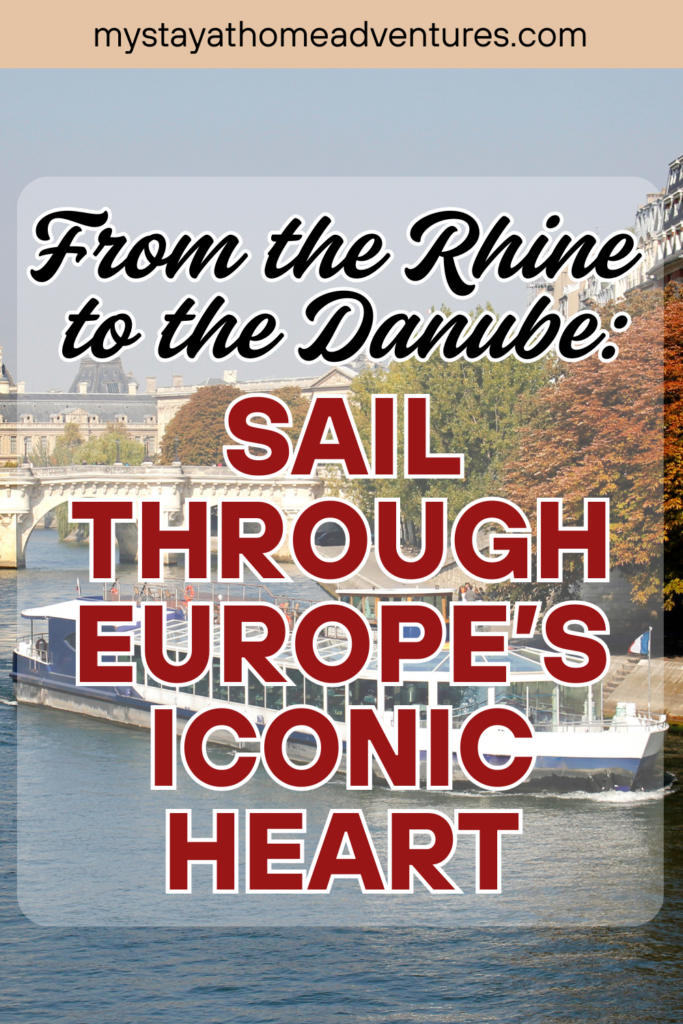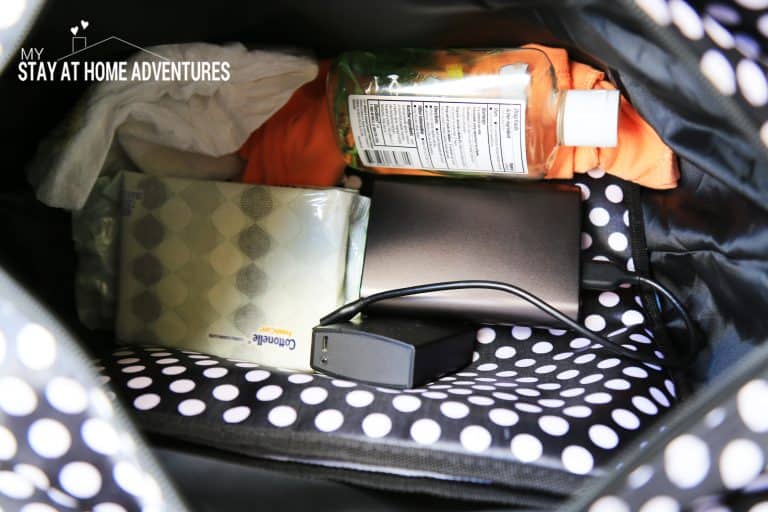From the Rhine to the Danube: Sail Through Europe’s Iconic Heart
This post may contain affiliate links which might earn us money. Please read my Disclosure and Privacy policies hereEurope’s rivers are more than ribbons of water meandering through charming towns and historic capitals—they are lifelines of culture, commerce, and connection.
In 2025, river cruising is no longer just a relaxing way to see the continent; it’s a curated journey through time, where each bend reveals layers of art, architecture, cuisine, and tradition.
Of all the river routes available, none capture the spirit of the continent quite like the Rhine and the Danube. From medieval castles and Gothic cathedrals to baroque palaces and vineyard-clad hills, these two waterways offer immersive experiences that blend old-world elegance with modern luxury.

Europe’s Dual Arteries Of Discovery
Flowing through the heart of Central and Eastern Europe, the Rhine and the Danube offer two distinct yet interconnected journeys. The Rhine, running from the Swiss Alps to the North Sea, is famed for its fairytale landscapes and cultural treasures.
The Danube, meanwhile, cuts through ten countries and four capital cities, offering a sweeping survey of Europe’s geopolitical and artistic evolution. Together, these rivers form a corridor of experiences that define European river travel.
The Romantic Rhine: Castles, Culture, And Culinary Delights
The Rhine River, stretching over 1,230 kilometers, is the spine of Western Europe’s historical tapestry. The most iconic stretch lies between Koblenz and Rüdesheim—known as the Rhine Gorge—where over 40 castles and fortresses dot the cliffside.
This UNESCO World Heritage site is a living postcard, offering views that inspired the Romantic poets and painters of the 19th century.
Cruises on the Rhine typically begin in Basel, Switzerland, a city that fuses Swiss precision with cosmopolitan flair. From there, passengers glide past Strasbourg’s timber-framed houses, Cologne’s twin-spired cathedral, and Düsseldorf’s avant-garde architecture.
In between, smaller ports like Speyer and Heidelberg offer medieval ambiance and old-world charm.
Food and wine are central to the Rhine experience. Think Rieslings from the Moselle, hearty sausages in Mainz, and Alsatian flammkuchen in Strasbourg. Many cruises include vineyard visits, local food tastings, and guided culinary tours that bring passengers closer to regional flavors.
The Majestic Danube: Capitals, Cultures, And Contrasts
The Danube, Europe’s second-longest river at 2,850 kilometers, is the only major European river that flows from west to east. Its course connects the Black Forest in Germany to the Black Sea, threading through a tapestry of landscapes and political borders.
Unlike the Rhine, which largely follows a single cultural trajectory, the Danube reveals the continent’s rich diversity—from Germanic towns and Hungarian plains to Balkan monasteries and Romanian delta villages.
The quintessential Danube cruise includes stops in Vienna, Bratislava, Budapest, and Belgrade. Each capital offers a distinct personality: Vienna’s imperial grandeur, Bratislava’s medieval intimacy, Budapest’s thermal baths and bridges, and Belgrade’s gritty, resilient edge.
Cultural excursions are a highlight of Danube itineraries. Guests might tour the Habsburg palaces of Vienna, take in an organ concert in Melk Abbey, or enjoy a folk performance in Bulgaria.
Eastern Danube routes even explore lesser-traveled gems like the Iron Gates Gorge and the Danube Delta Biosphere Reserve—a paradise for birdwatchers and nature lovers.
Ships, Suites, And Service: The New Standard Of River Cruising
Modern European river cruises combine five-star service with destination immersion. Unlike ocean liners, river ships are smaller—typically accommodating 100–200 guests—creating an intimate atmosphere with personalized attention.
Staterooms often include French balconies or full verandas, offering ever-changing views of the riverbanks.
For those seeking flexibility, some cruise lines offer themed departures: music cruises featuring Mozart and Strauss concerts in Vienna; Jewish heritage tours tracing centuries of European history; or Christmas market cruises that light up December with gingerbread, mulled wine, and handcrafted gifts.

Best Times To Sail: Seasons And Celebrations
Choosing when to cruise the Rhine or Danube depends on what kind of experience you want. Spring (April–June) brings blooming vineyards and mild weather, which is ideal for sightseeing and walking tours.
Summer (July–August) sees the highest tourist volume, with longer daylight hours and lively city festivals. Fall (September–October) is harvest season, offering wine tours and autumnal colors, while winter (late November–December) draws visitors to Europe’s magical Christmas markets.
Themed cruises around specific cultural events—like the Tulip Festival in the Netherlands or New Year’s Eve in Vienna—can provide added value and unforgettable moments.
Planning Tips And What To Expect
When booking your cruise, consider the direction of travel. Downstream (eastbound on the Danube, northbound on the Rhine) generally means faster sailing and more daylight hours.
Most cruises range from 7 to 14 nights, with pre- and post-cruise land extensions available in major cities such as Amsterdam, Munich, or Bucharest.
Inclusions vary by cruise line but often cover meals, beverages with lunch and dinner, guided excursions, Wi-Fi, and onboard entertainment. Tipping customs also differ: some lines include gratuities in the fare, while others recommend daily tips per guest.
Because river levels can affect itineraries—especially on the Danube—it’s wise to purchase travel insurance and consider shoulder-season travel when water levels are more stable.
Beyond The Rivers: Dual-River Itineraries And Rail Combinations
For travelers eager to experience both rivers in one journey, several companies now offer “Rhine and Danube” combo cruises or customizable packages that connect the two via motorcoach or rail.
One popular option is to cruise the Rhine from Amsterdam to Basel, then transfer to Passau or Nuremberg to begin a Danube cruise toward Budapest or beyond.
Some adventurous travelers even extend their trip with rail journeys on Europe’s efficient train networks. For example, connecting Lucerne to Salzburg by scenic rail before boarding a ship allows for an alpine detour between waterways.
Luxury train-cruise packages are also gaining popularity, combining the elegance of historic trains like the Venice Simplon-Orient-Express with the relaxed pace of river cruising.
Wrapping Up
Cruising from the Rhine to the Danube isn’t just a vacation—it’s a voyage through the very essence of Europe. It’s Gothic spires and grapevines, Baroque concert halls and beer gardens, Roman ruins and roaring fortresses.
When you're drifting past Germany’s Lorelei cliffs or watching fireworks above Budapest’s Parliament, each moment on these rivers reaffirms why Europe’s heart is best explored by water.In the space between shores, you don’t just see Europe—you feel it.







